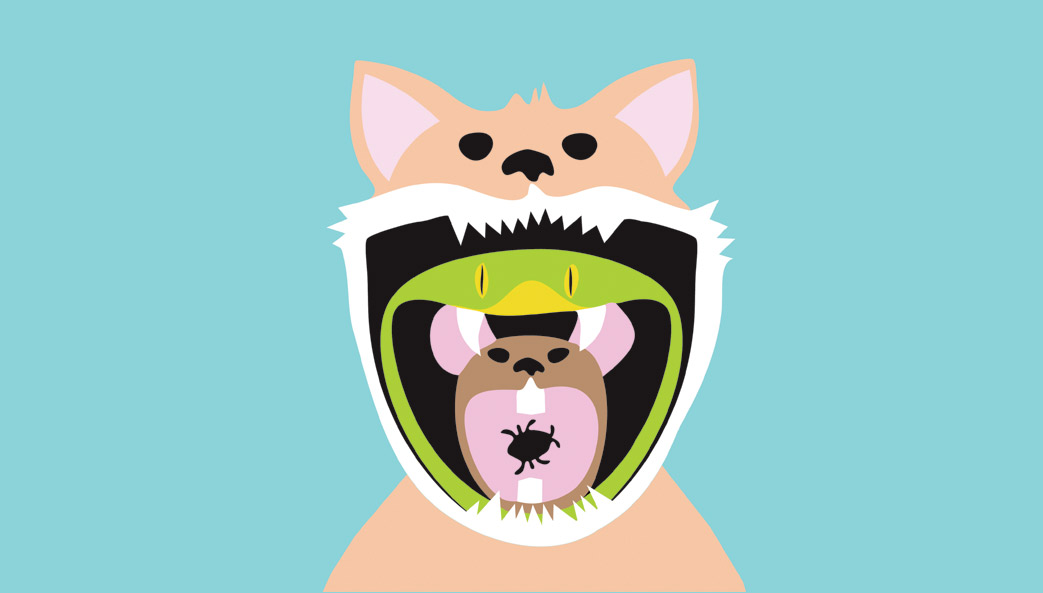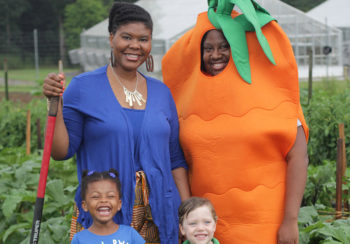Invasive species may be especially successful invaders of an island, such as Hawaii, when they not only are formidable scavengers of carcasses of other animals but also, after their own deaths, serve as a nutrient resource for other invasive scavengers, according to researchers at UGA’s Savannah River Ecology Laboratory.
The island of Hawaii has the highest number of endangered and threatened native species in the U.S. This study, published in the journal Ecosphere, could inform efforts to manage invasive populations in Hawaii and similar island ecosystems.
“It is essential to know where nutrient resources flow in a highly invaded ecosystem,” said wildlife ecologist Olin E. Rhodes Jr., director of the SREL.
In particular, “we wanted to see what was eating the invasive species that have significant populations on Hawaii,” said team leader Erin F. Abernethy, an alumna of SREL and UGA’s Odum School of Ecology, now at Oregon State University. “And we wanted to identify the percentages of carcasses eaten by invasive vertebrates and invertebrates.”
What they found, said Abernethy, “indicates a positive feedback loop. The more nonnative species invade an island, and then live and reproduce and die, the more nutrient resources they create for other invasive species through carcasses.”
The team set up 647 individual invasive carcasses of amphibians, reptiles, small mammals and birds on camera traps across three diverse landscapes on the island. A small percentage of the carcasses were also fitted with transmitters to allow the researchers to see if they were consumed after being removed from the camera’s view.
The camera images revealed significant scavenging by invasive vertebrates and a surprising lack of discrimination about what they scavenged.
“We anticipated that vertebrates would quickly find and remove large carcasses,” Abernethy said. “But we discovered that they also were adept and highly efficient at finding the smallest of resources, such as carcasses of coqui frogs (a small frog native to Puerto Rico) and of geckos that only weighed a few grams, before invasive invertebrates had the opportunity to get to them.”
Abernethy said that despite their size, these small animals represent a significant food resource. Previous research on the island indicates that coqui frogs, for example, number almost 37,000 per acre.
Invasive vertebrates removed 55 percent of the carcasses in this study. The mongoose and the rat proved to be the most formidable scavengers, removing the greatest number of carcasses. The mongoose was the only species in the study to participate in cannibalism, often feasting on mongoose carcasses.
The invasive invertebrate scavenger community, which included yellow jackets and fly larvae, removed 45 percent of the carcasses. This left no carcass resources for native species on the island such as the owl and hawk. Few in number on the island, none of these latter animals were spotted by the team during the study.






